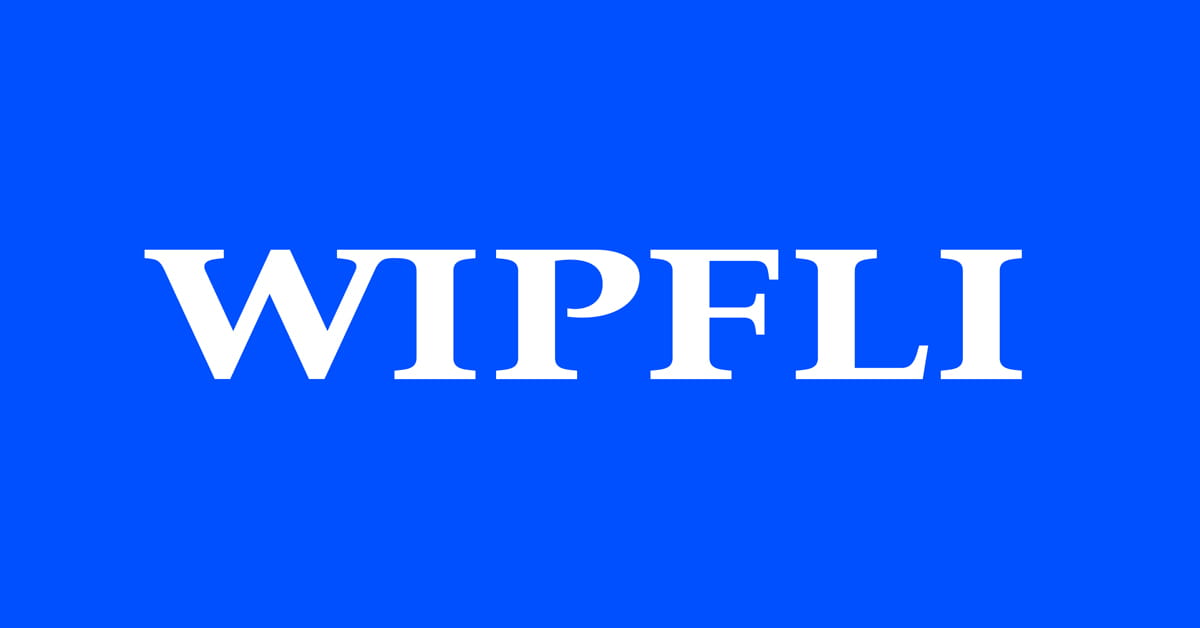Medicare cuts and the One Big Beautiful Bill: Financial strategies for healthcare

Big changes are looming in U.S. healthcare policy — and providers should be paying attention.
On May 22, the House of Representatives narrowly passed the One Big Beautiful Bill (OBBB), and the legislation now awaits review in the Senate. While the final details are still under negotiation, the bill points to significant reductions in federal healthcare spending, particularly in Medicare and Medicaid.
While the OBBB cleared the House (a major hurdle), it’s not a done deal. The Senate will need to pass the bill with a simple majority, and revisions are likely before it becomes law. Still, the changes to healthcare policy and spending are sweeping enough to demand providers’ attention now.
As currently drafted, the bill could cut $800 billion from Medicaid over the next decade. By 2034, an estimated 14 million Americans could lose health coverage. These aren’t just budget cuts. These changes could fundamentally change how care is delivered, reimbursed and prioritized.
Providers shouldn’t wait to respond
The difference between surviving and thriving often comes down to preparation. Healthcare providers who act now — not later — will be better equipped to navigate funding cuts and operational pressures stemming from OBBB.
Right now, healthcare providers should focus on strengthening their financial position and building operational resilience.
Financial strategies for healthcare providers
To withstand lower federal reimbursements, providers must take a hard look at how they generate and manage revenue. Across the revenue cycle, there are opportunities to strengthen, diversify and optimize revenue.
- Assess service line performance: Evaluate services based on profitability and community need, so it’s clear which programs are mission-critical and the biggest revenue drivers. Start planning to consolidate overlapping services, sunset underperforming programs and invest in high-impact care areas.
- Diversify revenue streams: Look for ways to serve patients outside the traditional hospital setting through new or expanded service models (e.g., urgent care, outpatient surgery centers or community health hubs).
- Dial in revenue cycle management: As margins shrink, providers must capture every dollar. Streamline billing, coding and claims processes with the right mix of technology, process improvements and training. In some cases, outsourcing pays off. Build or find the experience you need to improve performance.
Operational plays for healthcare providers
For providers already managing high caseloads with limited resources, “Do more with less” isn’t a new challenge. But it’s more urgent. In the current landscape, technology and partnership will be key to working smarter and harder.
- Embrace technology: Automation, AI-powered decision support and telehealth can help lower costs and extend reach. Investing in smart systems today can ease staffing burdens and improve long-term outcomes.
- Forge strategic partnerships: Collaborations with community organizations, payers or even competitors can reduce duplication and expand access. Look for innovative ways to share costs and deliver care without sacrificing access.
Tailored strategies based on provider type
Every healthcare organization will feel the impact of deep Medicaid and Medicaid cuts; however, the best response may vary by provider type.
- Rural hospitals, already operating on razor-thin margins, should prioritize efficiency gains and revenue diversification. Partnering with larger health systems or exploring shared services agreements could provide stability and access to resources.
- Federally qualified health centers (FQHCs) may face severe financial pressure with these cuts. Providers should double down on cost-containment strategies. They can also pursue alternate funding sources, such as grants or philanthropic partnerships, and strengthen local provider networks to protect community access.
- Senior living facilities that depend heavily on Medicaid reimbursement should streamline operations and cut non-essential costs to offset losses. They can explore ways to diversify their revenue mix, such as private-pay services, partnerships or new care delivery models.
With a proactive, tailored approach, healthcare organizations of all sizes and types can start preparing today for the budget realities of tomorrow.
Other changes to watch in 2025
In addition to the potential impacts of OBBB, healthcare providers should be aware of these policy and regulatory developments:
- New skilled nursing facility (SNF) cost reporting requirements: CMS has updated the SNF Medicare Cost Report forms for the first time in 15 years. The new CMS-2540-24 forms take effect for fiscal years ending on or after September 30, 2025.
- Medicare physician fee cuts: The Centers for Medicare & Medicaid Services (CMS) has proposed a 2.93% reduction in the 2025 Medicare Physician Fee Schedule. This will affect provider reimbursements and patient cost-sharing. Providers can prepare by revisiting financial models.
- Healthcare tariffs: New tariffs could cause supply chain uncertainty and increase costs, particularly for pharmaceutical ingredients and medical devices. The American Hospital Association and others are calling on the administration to exempt medications and medical supplies. In the meantime, leaders should anticipate supply disruptions and rising prices.
- Healthcare tax reform: The House Ways and Means Committee recently advanced legislation to make several Tax Cuts and Jobs Act provisions permanent, which would be funded, in part, by reductions in programs like Medicaid. Healthcare providers should evaluate the potential financial impacts.
- Nurse staffing mandates: A bill proposing minimum nurse-to-patient ratios would put even more pressure on healthcare staffing. Organizations should watch this legislation closely and begin workforce planning.
- Executive orders on healthcare research: Recent executive actions targeting pharmaceutical pricing, gain-of-function research, and Affordable Care Act reforms signal additional policy shifts. In practice, the executive order “Improving the Safety and Security of Biological Research” may impact compliance or funding.
- Rural and FQHC payment updates: CMS finalized changes affecting care coordination payments for rural health clinics and FQHCs. These updates aim to support providers in underserved areas — but also require adjustments in billing and reporting.
How Wipfli can help
Wipfli’s healthcare advisors are monitoring these changes closely so you can prepare early and respond strategically. We offer comprehensive support for financial planning, tax advisory, compliance and strategy. Whether you’re preparing for reimbursement cuts, managing growth or rethinking your care delivery model, we can help you understand the full impact and move forward with confidence.
For more information, visit our healthcare page or read more policy updates.



